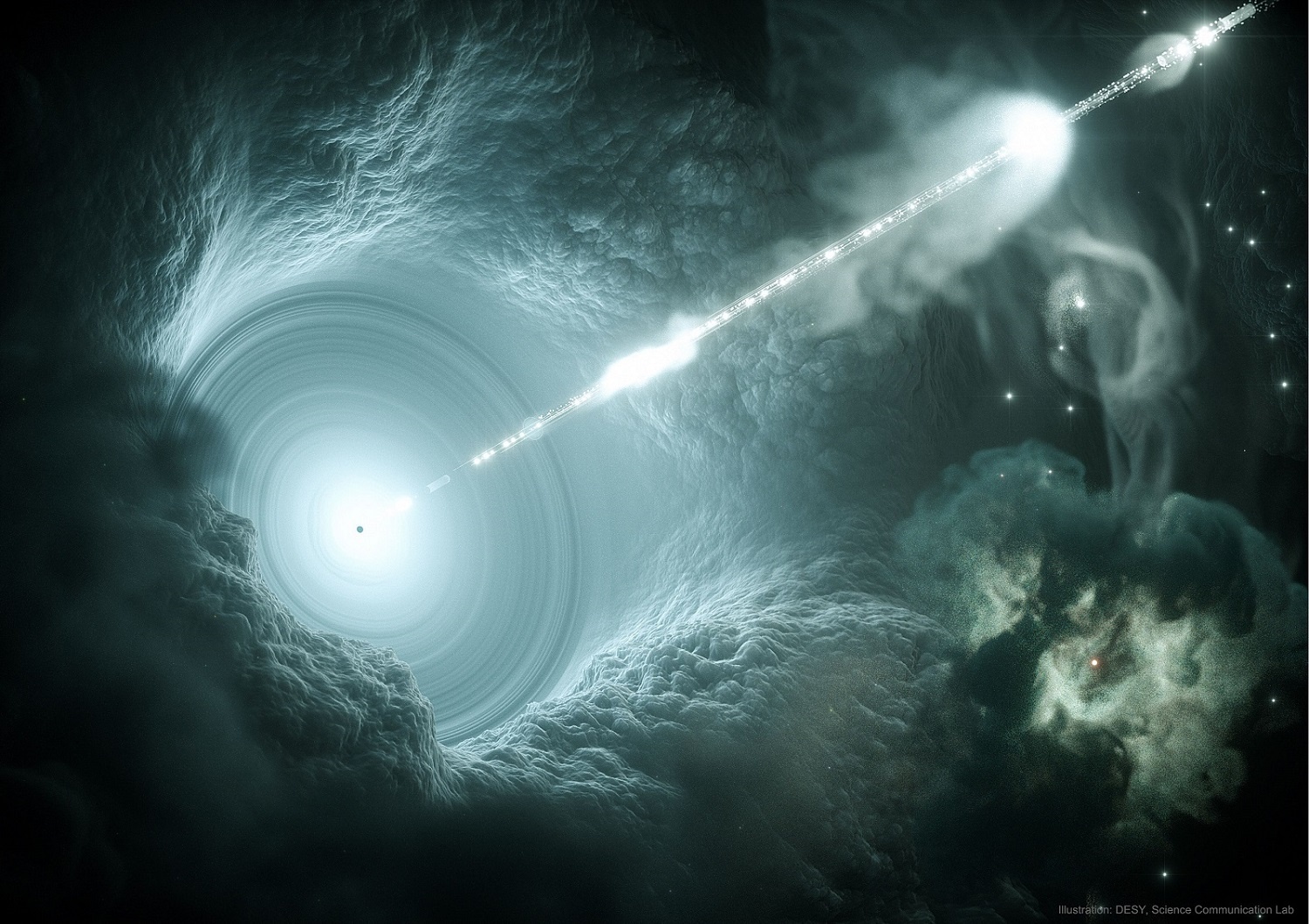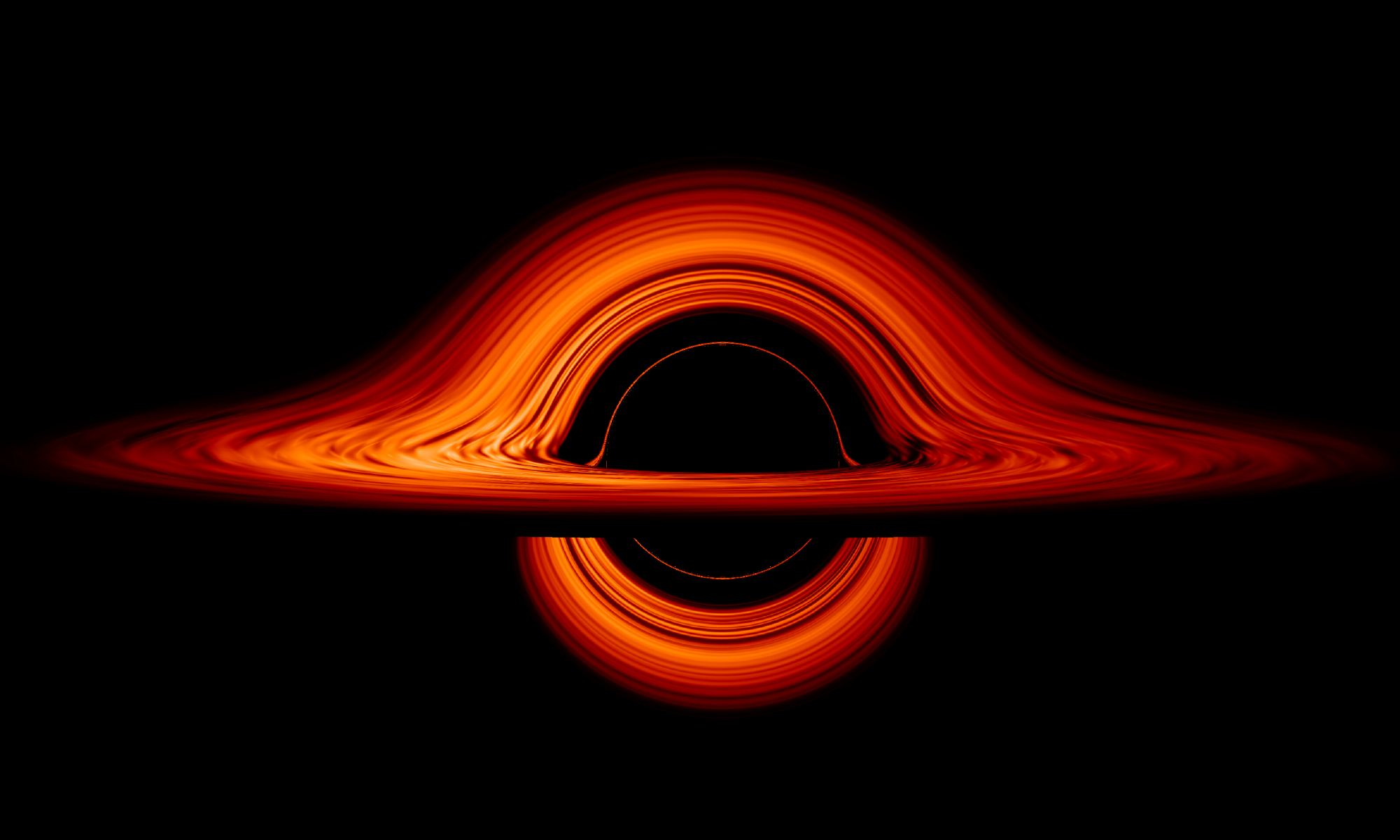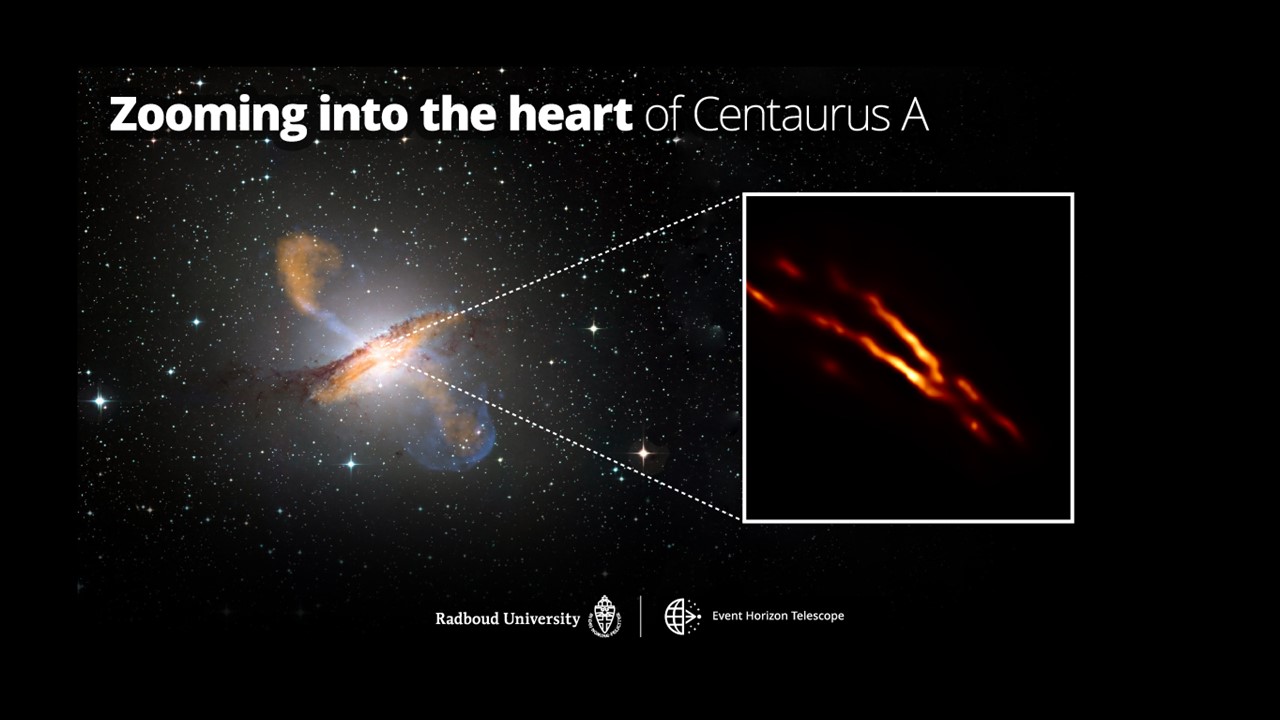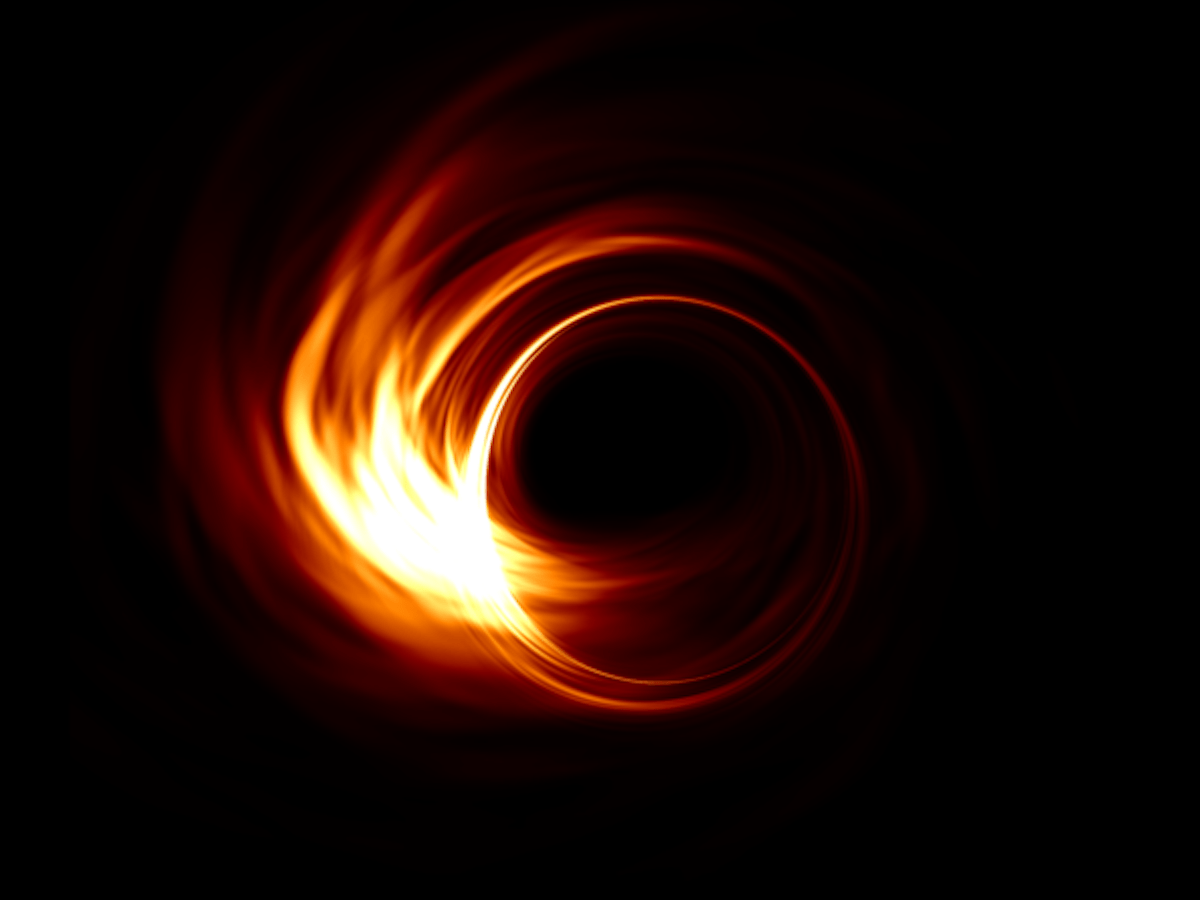Black holes are more than just massive objects that swallow everything around them – they’re also one of the universe’s biggest and most stable energy sources. That would make them invaluable to the type of civilization that needs huge amounts of power, such as a Type II Kardashev civilization. But to harness all of that power, the civilization would have to encircle the entire black hole with something that could capture the power it is emitting.
Continue reading “Advanced Civilizations Could be Using Dyson Spheres to Collect Energy From Black Holes. Here’s how we Could Detect Them”This is How a Supermassive Black Hole Feeds
At the heart of most massive galaxies in our Universe, there are supermassive black holes (SMBH) on the order of millions to billions of times the mass of the Sun. As these behemoths consume gas and dust that’s slowly fed into their maws, they release tremendous amounts of energy. This leads to what is known as an Active Galactic Nucleus (AGN) – aka. a quasar – which can sometimes send hypervelocity jets of material for light-years.
Since they were first discovered, astrophysicists have suspected that SMBHs play an important role in the formation and evolution of galaxies. However, as a result, there has also been considerable research dedicated to how these massive objects form and evolve themselves. Recently, a team of astrophysicists conducted a high-powered simulation that showed exactly how SMBHs feed and determined that a galaxy’s arms play a vital role.
Continue reading “This is How a Supermassive Black Hole Feeds”You can Tell how big a Black Hole is by how it Eats

Black holes don’t emit light, which makes them difficult to study. Fortunately, many black holes are loud eaters. As they consume nearby matter, surrounding material is superheated. As a result, the material can glow intensely, or be thrown away from the black hole as relativistic jets. By studying the light from this material we can study black holes. And as a recent study shows, we can even determine their size.
Continue reading “You can Tell how big a Black Hole is by how it Eats”If the First Black Holes Collapsed Directly, Could we Detect Radio Signals From Those Moments?
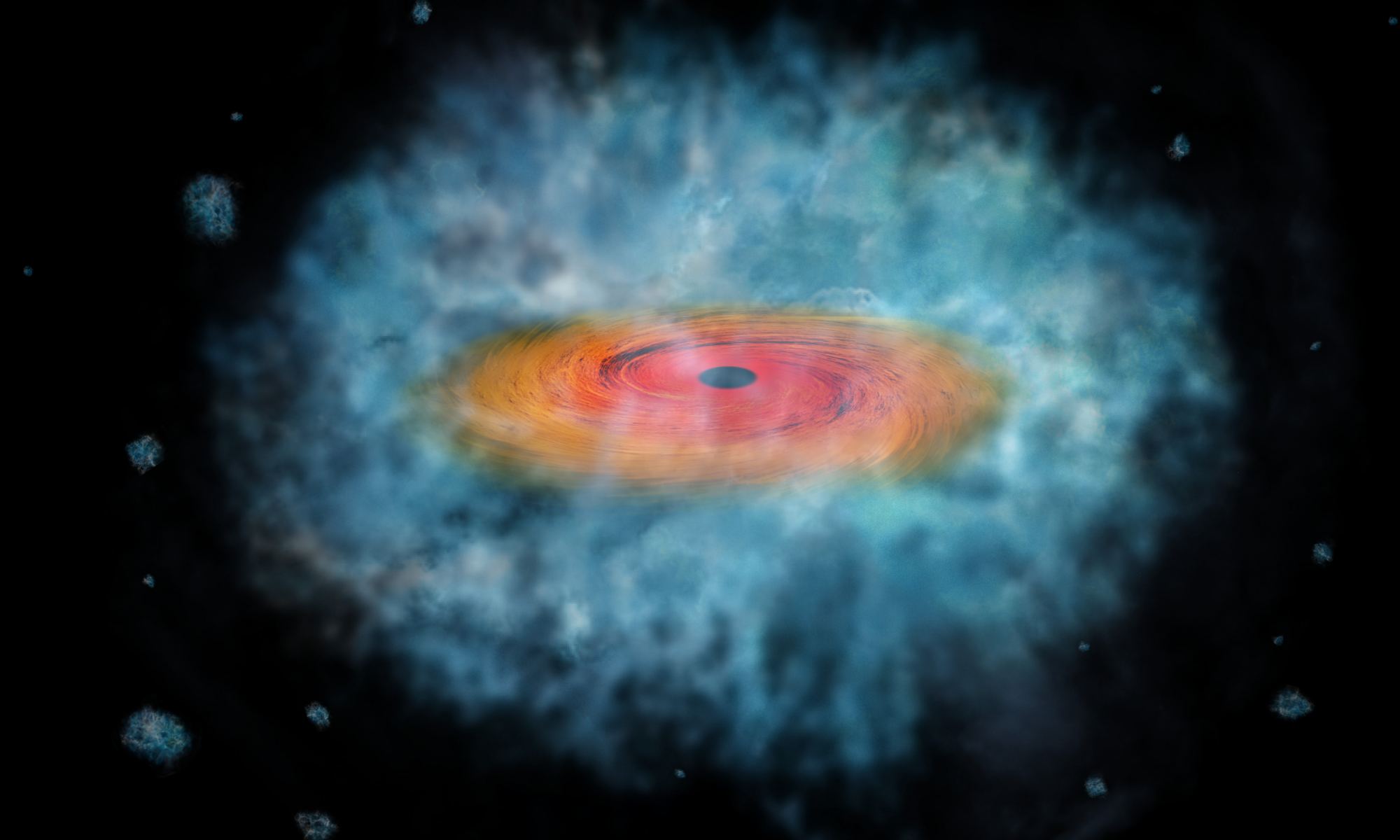
The universe is littered with supermassive black holes. There’s one a mere 30,000 light-years away in the center of the Milky Way. Most galaxies have one, and some of them are more massive than a billion stars. We know that many supermassive black holes formed early in the universe. For example, the quasar TON 618 is powered by a 66 billion solar mass black hole. Since its light travels nearly 11 billion years to reach us, TON 618 was already huge when the universe was just a few billion years old. So how did these black holes grow so massive so quickly?
Continue reading “If the First Black Holes Collapsed Directly, Could we Detect Radio Signals From Those Moments?”A Black Hole Emitted a Flare Away From us, but its Intense Gravity Redirected the Blast Back in our Direction
In 1916, Albert Einstein put the finishing touches on his Theory of General Relativity, a journey that began in 1905 with his attempts to reconcile Newton’s own theories of gravitation with the laws of electromagnetism. Once complete, Einstein’s theory provided a unified description of gravity as a geometric property of the cosmos, where massive objects alter the curvature of spacetime, affecting everything around them.
What’s more, Einstein’s field equations predicted the existence of black holes, objects so massive that even light cannot escape their surfaces. GR also predicts that black holes will bend light in their vicinity, an effect that can be used by astronomers to observe more distant objects. Relying on this technique, an international team of scientists made an unprecedented feat by observing light caused by an X-ray flare that took place behind a black hole.
Continue reading “A Black Hole Emitted a Flare Away From us, but its Intense Gravity Redirected the Blast Back in our Direction”The Event Horizon Telescope Zooms in on Another Supermassive Black Hole
On April 10th, 2019, the world was treated to the first image of a black hole, courtesy of the Event Horizon Telescope (EHT). Specifically, the image was of the Supermassive Black Hole (SMBH) at the center of the supergiant elliptical galaxy known as M87 (aka. Virgo A). These powerful forces of nature are found at the centers of most massive galaxies, which include the Milky Way (where the SMBH known as Sagittarius A* is located).
Using a technique known as Very-Long-Baseline Interferometry (VLBI), this image signaled the birth of a new era for astronomers, where they can finally conduct detailed studies of these powerful forces of nature. Thanks to research performed by the EHT Collaboration team during a six-hour observation period in 2017, astronomers are now being treated to images of the core region of Centaurus A and the radio jet emanating from it.
Continue reading “The Event Horizon Telescope Zooms in on Another Supermassive Black Hole”How did Supermassive Black Holes Form? Collapsing Dark Matter Halos can Explain Them
We don’t quite understand how the first supermassive black holes formed so quickly in the young universe. So a team of physicists are proposing a radical idea. Instead of forming black holes through the usual death-of-a-massive-start route, instead giant dark matter halos directly collapsed, forming the seeds of the first great black holes.
Continue reading “How did Supermassive Black Holes Form? Collapsing Dark Matter Halos can Explain Them”Hawking Made a Prediction About Black Holes, and Physicists Just Confirmed it
On its own, a black hole is remarkably easy to describe. The only observable properties a black hole has are its mass, its electric charge (usually zero), and its rotation, or spin. It doesn’t matter how a black hole forms. In the end, all black holes have the same general structure. Which is odd when you think about it. Throw enough iron and rock together and you get a planet. Throw together hydrogen and helium, and you can make a star. But you could throw together grass cuttings, bubble gum, and old Harry Potter books, and you would get the same kind of black hole that you’d get if you just used pure hydrogen.
Continue reading “Hawking Made a Prediction About Black Holes, and Physicists Just Confirmed it”Gravitational-Wave Detector Could Sense Merging Primordial Black Holes With the Mass of a Planet, Millions of Light-Years Away
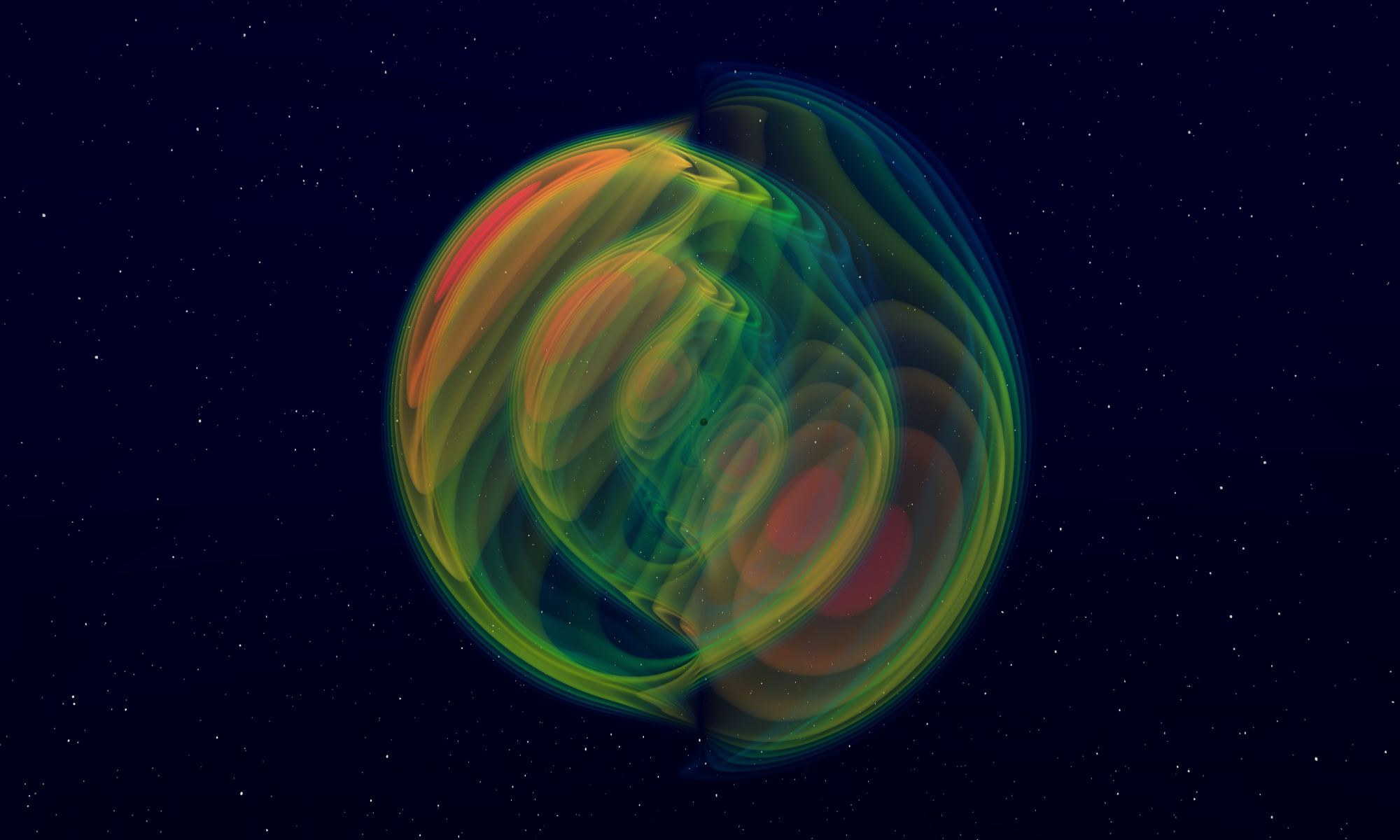
Gravitational-wave detectors have been a part of astronomy for several years now, and they’ve given us a wealth of information about black holes and what happens when they merge. Gravitational-wave astronomy is still in its infancy, and we are still very limited in the type of gravitational waves we can observe. But that could change soon.
Continue reading “Gravitational-Wave Detector Could Sense Merging Primordial Black Holes With the Mass of a Planet, Millions of Light-Years Away”Space Telescopes Could Provide Next-Level Images of Black Hole Event Horizons
Back in 2019, the world was treated to the first ever image of a black hole, which was originally captured in 2017. The feat was widely heralded as a leap forward for astrophysics, supporting Einstein’s Theory of Relativity. Now a team led by the Radboud University proposes sending instruments into space to estimate black hole parameters more accurately by an order of magnitude. The newest paper, led by Dr. Volodymyr Kudriashov, translates science goals into technical requirements and focuses on the instrumentation needed for the Event Horizon Imager, as the mission is called.
Continue reading “Space Telescopes Could Provide Next-Level Images of Black Hole Event Horizons”

